Kristin Sinnott
Background
5’8”, 125 lbs. I typically wear a women’s size Medium, but there are some exceptions.
This year marks my 12th ski season in New Mexico, and more specifically at Taos Ski Valley. Although I tend to venture out to other locales for ski vacations from time to time (such as Colorado, Idaho, New Hampshire, Utah, Canada, Norway, and Japan), I do most of my skiing in the milder climate of Taos.
As someone who is very frugal, if I like an item and it meets my needs, I stick with it for a long time. As a result, I generally dress similarly for ski touring and resort skiing. I do tend to switch my base and mid layers depending on climate and activity, so I’ll try to outline it accordingly.
ONE KIT FOR TOURING + RESORT
Base Layers
• Top: Lululemon Swiftly Tech Long Sleeve Crew
The long sleeves and torso length on this piece eliminate drafts, and the slim fit makes it easy to add layers over this shirt. The soft and stink-resistant fabric is just the cherry on top.
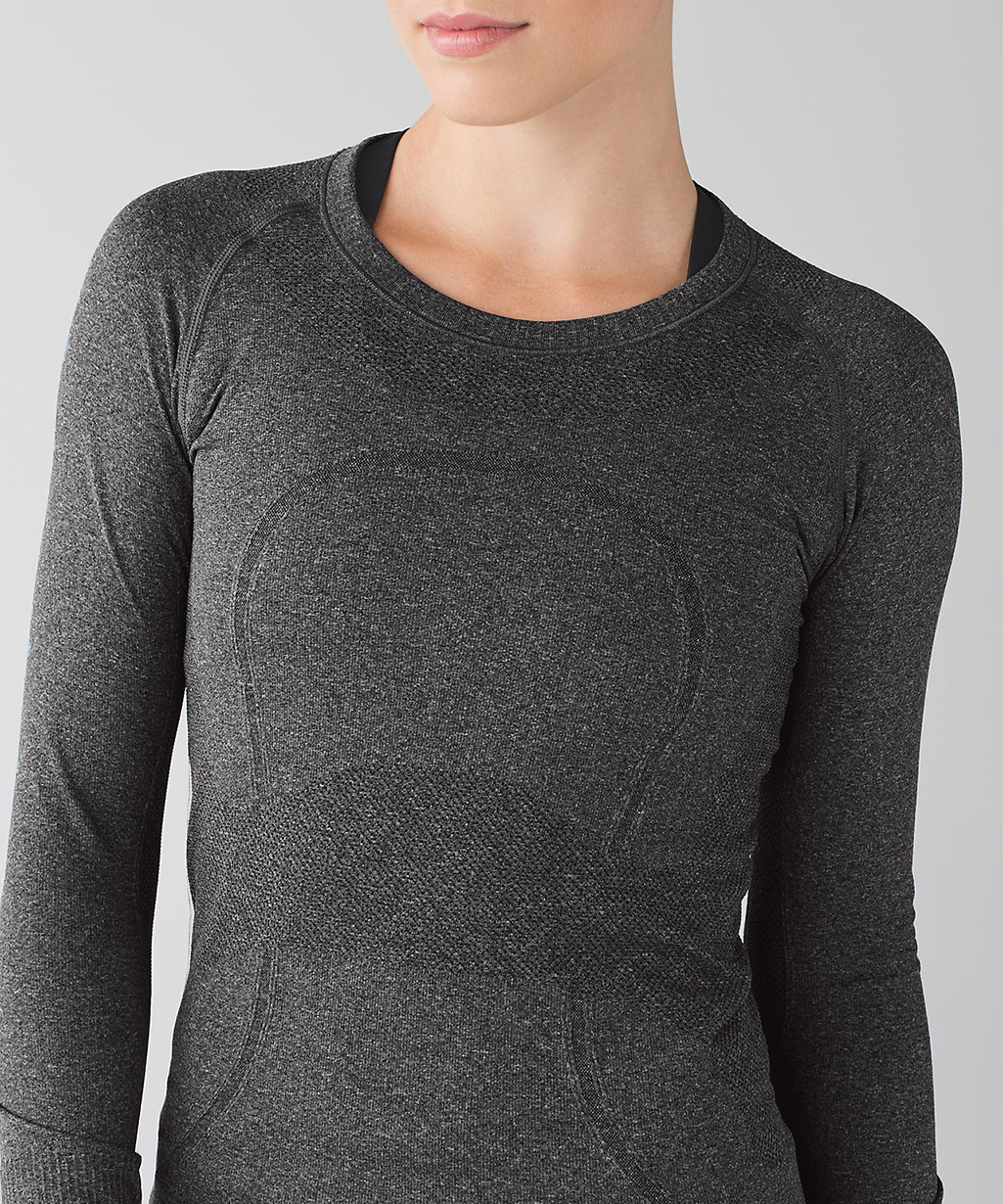
• Bottom: Icebreaker Women’s Oasis Legless
If you haven’t tried a ¾ length base layer bottom, do yourself a favor and get a pair. In the 6+ years I’ve been wearing the Icebreaker Women’s Oasis Legless bottoms, I’ve never wanted anything else. The length overlaps perfectly with my ski socks so there are no drafts and no bunching in my boots.
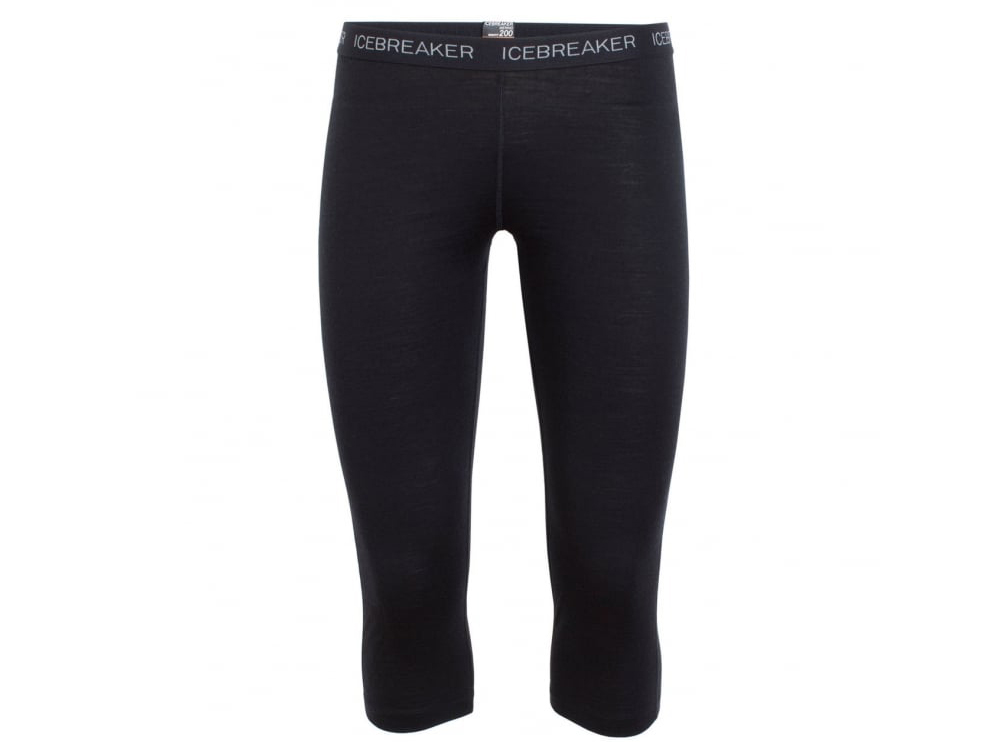
Mid Layer 1: Patagonia Women’s R1 Fleece Pullover
Because I always wear an uninsulated shell, I need a mid layer with some warmth, but preferably not much bulk. The Patagonia Women’s R1 Fleece Pullover is slim with an ideal length to tuck into my ski pants without having to worry about it riding up, and the soft fleece interior keeps me cozy.

Mid Layer 2: Patagonia Women’s Nano-Air Jacket
On colder days, I’ll either switch out the R1 Fleece Pullover for the Nano-Air Jacket, or add the jacket over the pullover. The Nano-Air Jacket is a nice, warm layer that doesn’t add too much bulk, and it is ridiculously comfortable to wear.

Shell
• Jacket: Flylow Billie Coat
I have been happily skiing and touring in the previous iteration of the Flylow Billie Coat for the past 3 seasons. I love the soft, waterproof and durable fabric, relaxed, longer fit, detachable powder skirt, large pit zips, and the helmet-compatible hood. On warm days of touring, I stow the coat away until the descent, but on cooler days, the pit zips work well enough to regulate my body temp. Though Flylow has tweaked the Billie Coat over the years, the general design has remained similar, and I hope to test out the newest version soon (pictured below).
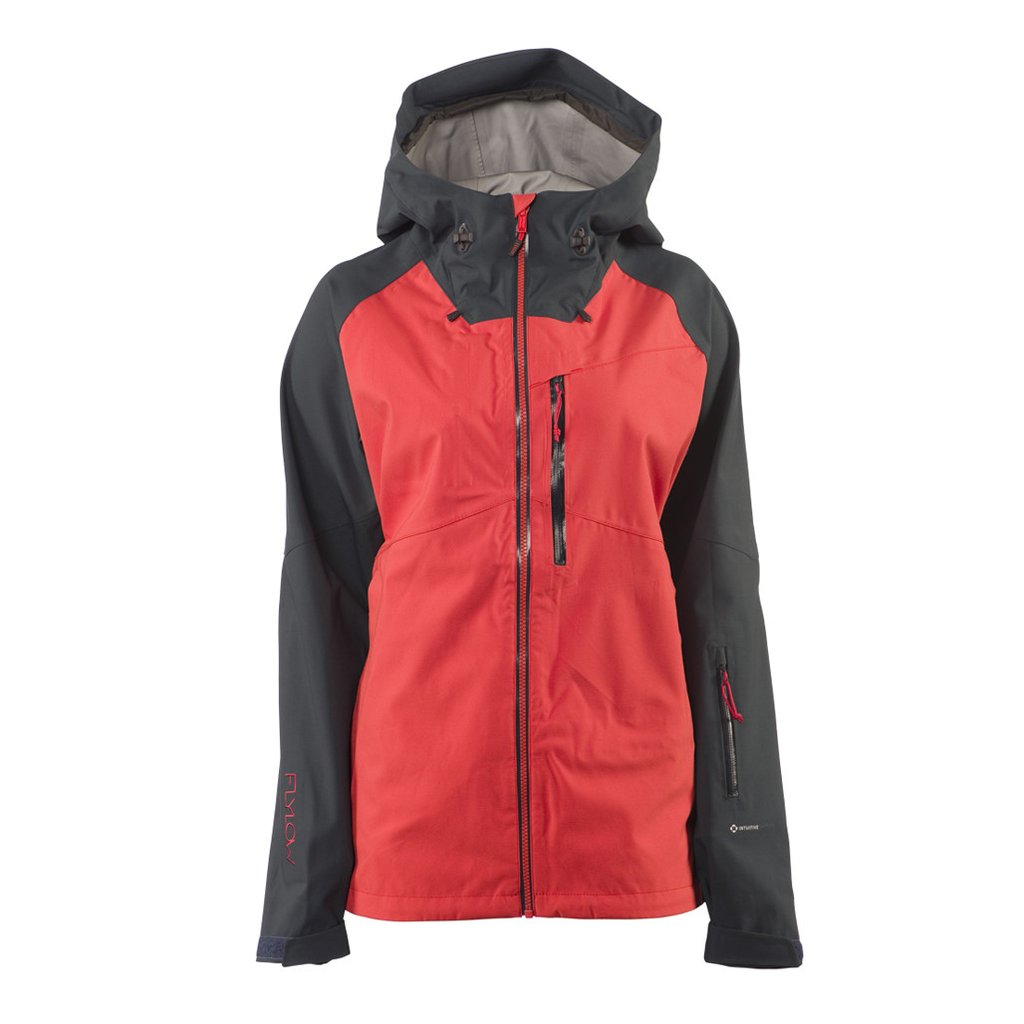
• Pants: Arc’teryx Women’s Sentinel Pants
I love these pants (they are the women’s equivalent of the men’s Sabre pants that Jonathan Ellsworth discusses in his section). Mine are bright yellow, and I never thought I would wear bright yellow ski pants for 4+ seasons, but these pants are so great, I haven’t even looked into getting a different pair. Though only a shell, they do feature a very thin fleece lining that helps keep the cold air from reaching my base layer, and while touring, or on warmer days in the resort, the vents do a good job of providing some air circulation. It’s also hard to find a cuff as wide and functional as the Sentinel in a technical pant.
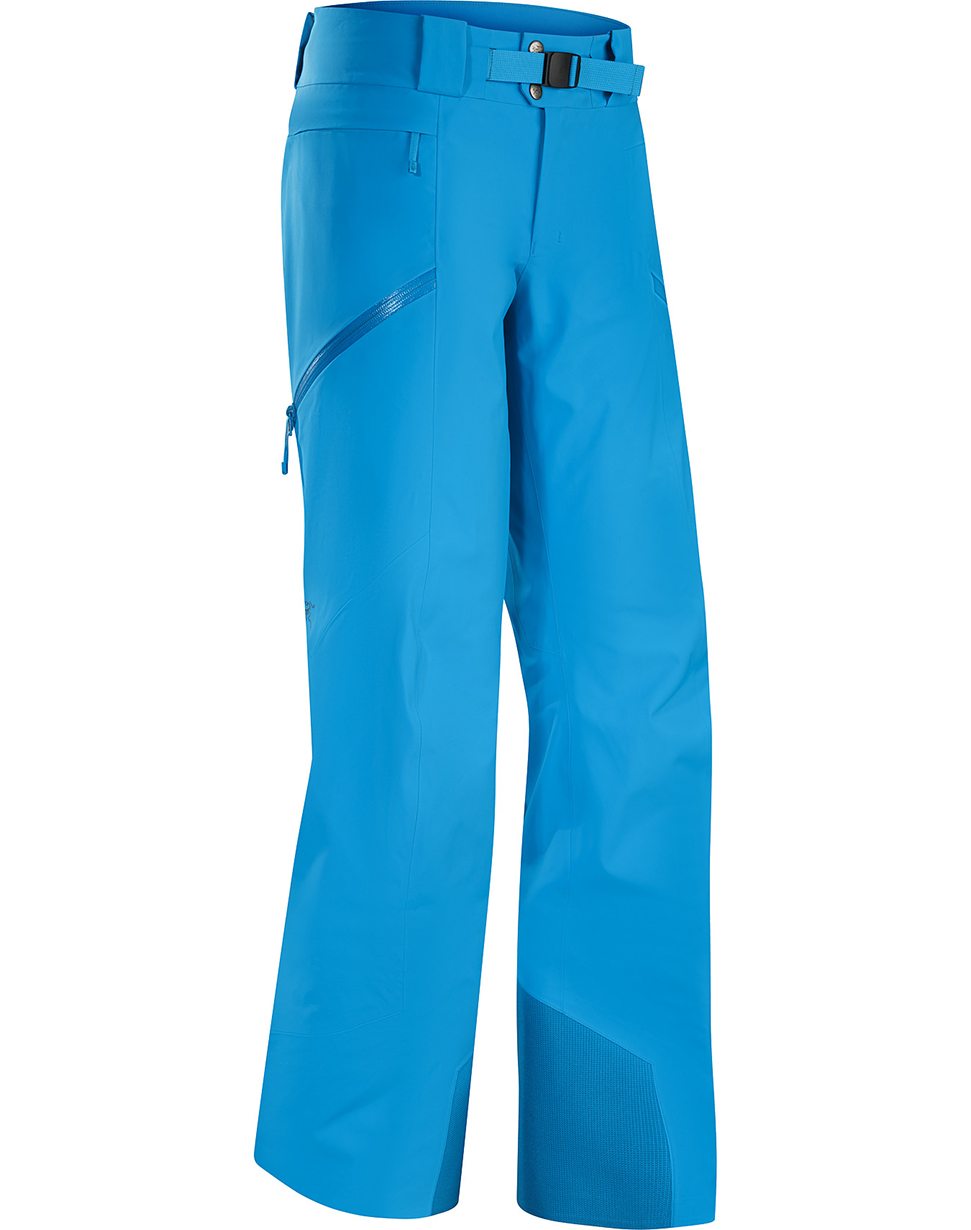
Gloves: Kombi Leather & Goose Down Mittens
I have always loved mittens, but not just any pair of mittens will do. I have no idea where I purchased my Kombi mitts, but I’ve had them for over 5 years, and they are super soft and warm. On warmer days and while ski touring, I have a variety of gloves to choose from depending on temperature and the likelihood of getting them wet, but none of them really stand out like a good pair of leather mittens.
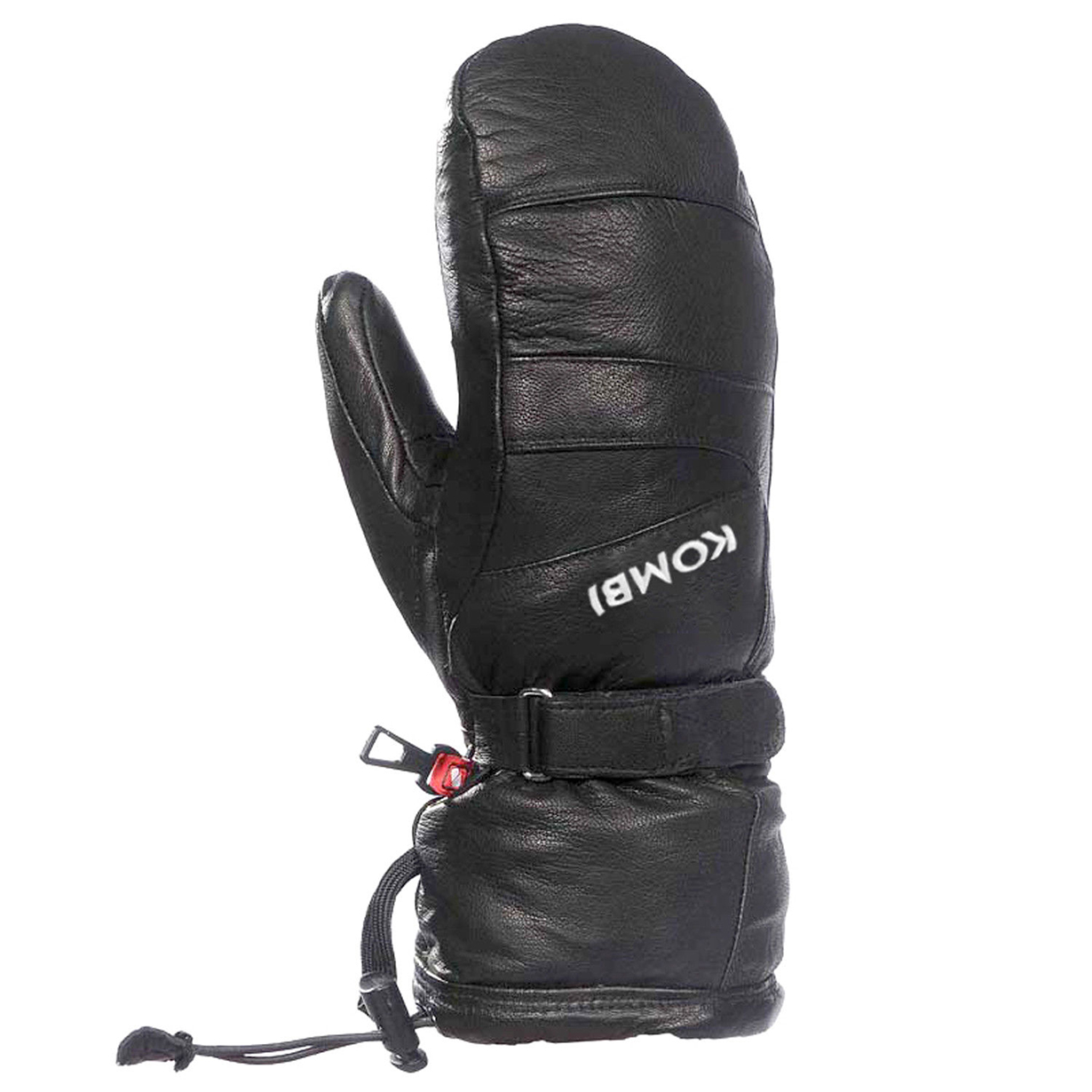
Socks: Darn Tough Yeti Over-the-Calf Light Socks
These thin merino wool socks are tall enough to overlap my ¾ length base layer bottoms, and the cute graphics are a bonus.
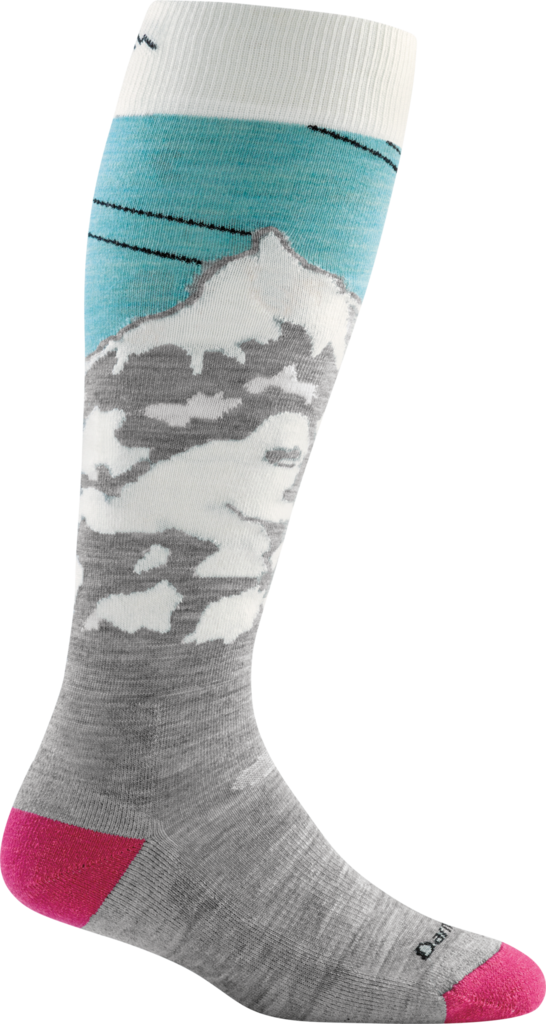
NEXT: Andrew Forward’s Outerwear and Apparel Selections

I enjoyed reading what you guys/Gals wear and why. I use similar pieces and you gave me some ideas on adding a couple, namely the Skins A400 3/4 compression tights. I have been using the CWX compression shorts the past few years along with neoprene knee braces, but I like the 3/4 length better.
I just bought the G-Form Pro-X compression shirt, I have a AC Separation on my left shoulder and a Labrum tear on my right shoulder from a Mountain Bike crash in September, so I have been looking for some form of protection that is not overly bulky and breathes decently.
Keep up the good work.
As someone who has been looking for replacements for his trusty, but kinda old and gross, Marker Spring Gloves – I share your pain JE – I’ve struggled finding good spring / touring gloves. For me not necessarily uphill – but something with the dexterity that works for errands around a cold and windy NYC, a fall tailgate, or for warmer days we seem to keep hitting on trips west to Utah. I’m intrigued not only by Luke’s description of the M1 Trucks – but also the free shipping and returns – not to mention the price! Fingers crossed. Happy Holidays!
For thinnish gloves,, I really like the OR Lodestar gloves. Unlike most gloves of similar thickness they don’t have any membrain.coating or insert.
This has two benefits:
First: breathability and drying time are best in class, so even if you get them wet from snow or sweat, they will dry fast.
Two, the fleece insulation is part of the outer fabric (back nylon and leather palm) so there are no separate layers sliding across each other, to reduce grip and dexterity.
Unlike many others they have a fairly weather resistant nylon back, water resistant Pittards leather palm and finger tips, and the leather is lined with a bonded fleece, where most palms are uninsulated.
Do all of you who ski-tour with an ultralight down jacket not worry that:
1: It will lose loft during the day due to moisture (at the very least from sweat in your clothing from the ascent, if not from snow)?
2: That you will rip those ultralight fabrics/seams if you wipe out, or ski through some trees/brush?